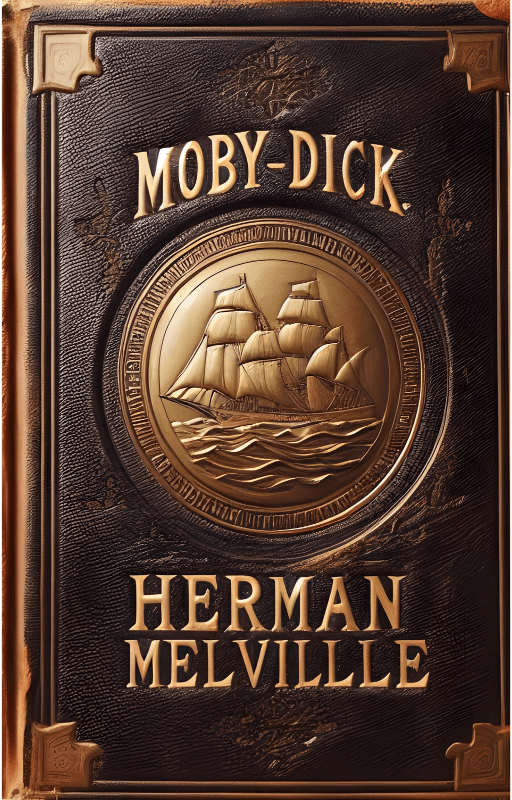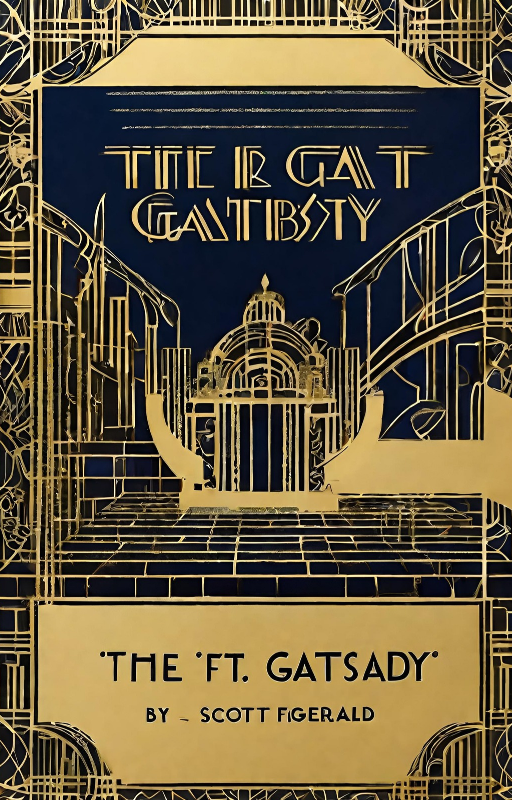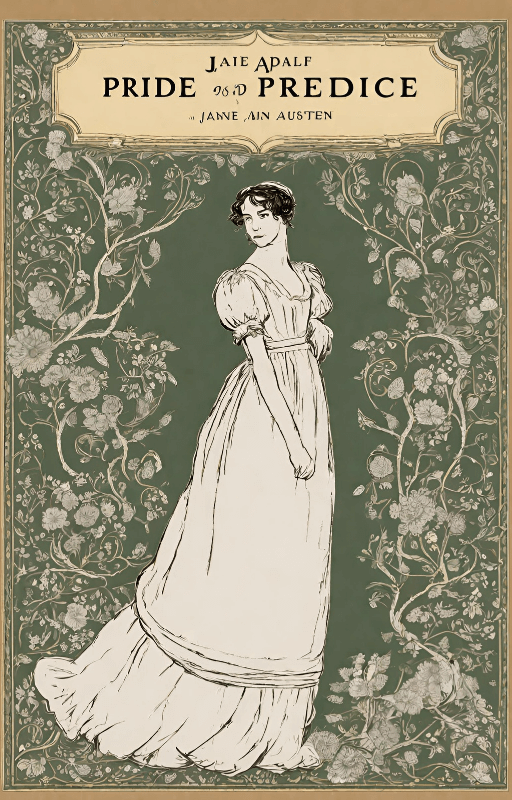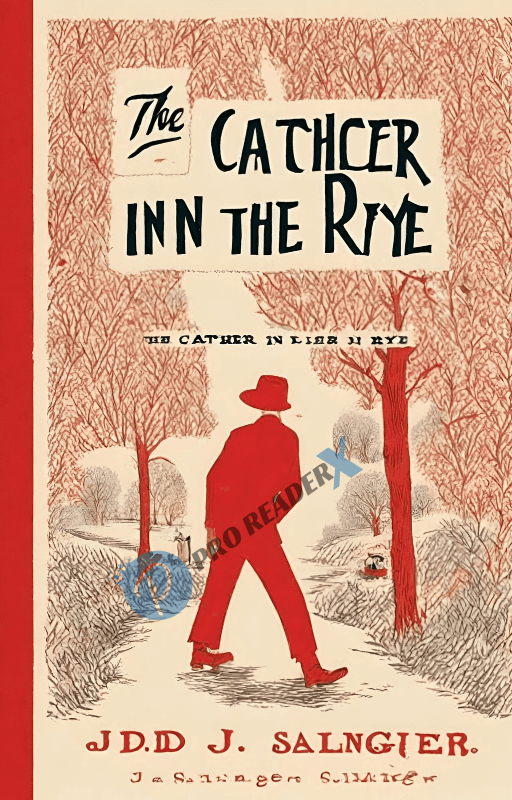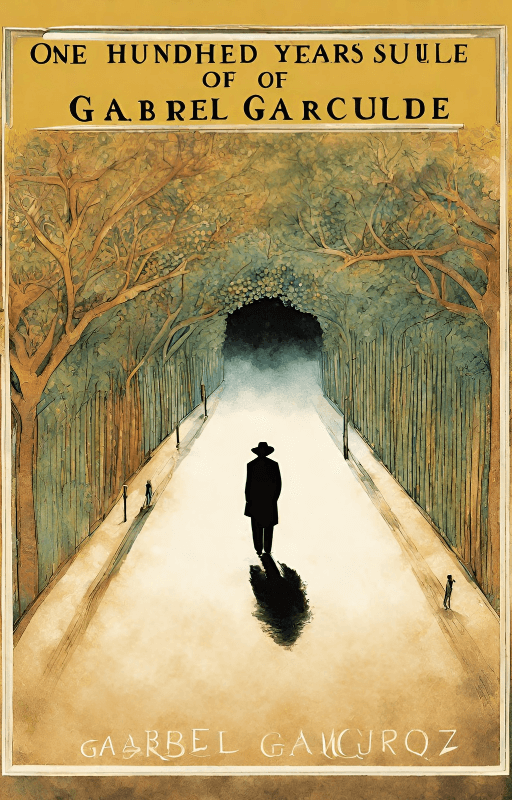Introduction
Ahoy there, literature enthusiasts and curious minds! If you’re ready to embark on an adventure across the vast, untamed oceans of literary genius, then hoist the sails and prepare to set sail with one of the most iconic novels of all time – “Moby-Dick” by Herman Melville. Let’s plunge into the depths of this captivating tale, exploring its themes, characters, and enduring legacy.
Background
Before we plunge into the turbulent waters of “Moby-Dick,” let’s first take a moment to familiarize ourselves with the brilliant mind behind this literary masterpiece – Herman Melville. Born in 1819, Melville was an American novelist, short story writer, and poet. He drew inspiration from his own experiences as a sailor, infusing his works with rich nautical imagery and themes of existentialism and the human condition. “Moby-Dick,” published in 1851, emerged during a time of significant social and political upheaval in the United States, adding depth and complexity to its narrative.
Plot Overview
Picture yourself aboard the whaling ship Pequod, where we meet our narrator, Ishmael, a young sailor seeking adventure and purpose. As Ishmael joins the crew under the enigmatic Captain Ahab, we are thrust into a world consumed by obsession. Ahab’s relentless quest for vengeance against the elusive white whale, Moby-Dick, drives the narrative forward, propelling readers into a whirlwind of action and introspection.
Themes
“Moby-Dick” delves into a myriad of profound themes, each as vast and boundless as the ocean itself. At its core, the novel explores the destructive power of obsession and the relentless pursuit of vengeance. Through Ahab’s single-minded quest to hunt down Moby-Dick, Melville paints a haunting portrait of the human psyche consumed by its own desires. Additionally, the novel grapples with the timeless conflict between nature and humanity, showcasing the insignificance of man in the face of the untamed wilderness.
Characters
From the stoic and introspective Ishmael to the fiery and tormented Captain Ahab, “Moby-Dick” is populated by a diverse cast of characters, each with their own hopes, fears, and motivations. Whether it’s the mysterious Queequeg, the harpooner with a heart of gold, or the wise and eccentric Elijah, Melville’s characters leap off the page, leaving an indelible mark on the reader’s imagination.
Writing Style
Melville’s prose is as vast and tempestuous as the ocean itself, sweeping readers away on a journey of discovery and enlightenment. His vivid descriptions and intricate symbolism invite readers to dive beneath the surface, uncovering layers of meaning hidden within the text. Through his masterful use of language, Melville captures the raw beauty and brutal majesty of the sea, immersing readers in a world both familiar and alien.
Reception
Upon its initial publication, “Moby-Dick” received mixed reviews, with many critics puzzled by its unconventional narrative structure and philosophical digressions. However, over time, the novel has come to be recognized as a literary masterpiece, praised for its profound insights into the human condition and its enduring relevance in the modern world.
Legacy
The legacy of “Moby-Dick” extends far beyond the pages of the novel itself, influencing countless writers, artists, and thinkers across generations. Its themes of obsession, fate, and the struggle against the unknown continue to resonate with readers today, inspiring adaptations, reinterpretations, and scholarly analysis.
Conclusion
As we lower our anchor and bid farewell to the tumultuous seas of “Moby-Dick,” let us reflect on the enduring power of literature to illuminate the darkest corners of the human soul. Through Melville’s timeless masterpiece, we are reminded of the boundless depths of human experience and the eternal quest for meaning in an uncertain world.
Frequently Asked Questions
- Is “Moby-Dick” based on a true story?
No, “Moby-Dick” is a work of fiction, although it draws inspiration from Herman Melville’s own experiences as a sailor. - Why is the white whale, Moby-Dick, so significant in the novel?
Moby-Dick serves as a symbol of the unknowable forces of nature and the human desire to conquer the unconquerable. - What is the significance of the novel’s title?
The title “Moby-Dick” refers to the elusive white whale that drives the novel’s plot and themes of obsession and revenge. - How does “Moby-Dick” reflect the social and political context of its time?
The novel grapples with issues of power, authority, and the destructive consequences of unchecked ambition, mirroring the social and political tensions of 19th-century America. - What are some notable adaptations of “Moby-Dick”?
“Moby-Dick” has been adapted into various forms, including films, stage productions, and even graphic novels, highlighting its enduring appeal across different mediums.
